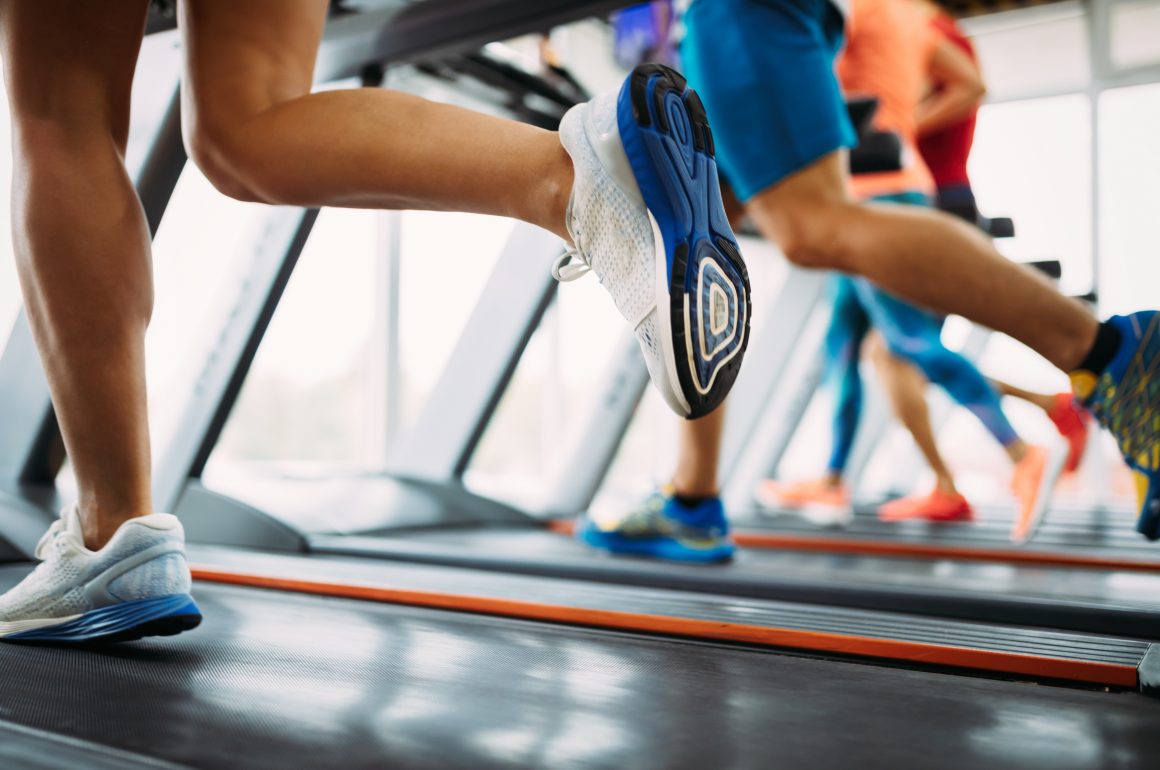
Low-intensity cardio exercise has been used by many professionals in the fitness industry for a long time, and in my opinion it is a great way to compliment intense training. You can perform LISS exercises on your own whilst watching your favorite movie or outdoors with a group of friends. Earlier this year I wasn’t able to work out the way I used to, due to a longer lasting infection. When I finally got the clearance from my doctor to work out again I had to take it slow – really slow, so I decided to start with six LISS sessions per week. Another major aspect of incorporating LISS into your weekly schedule might be simple: If you have had a few tough training sessions during the week, adding in another HIIT or resistance session may not be the best idea for your body. Many people who decide to start working out might just be looking for a way to loose weight, which means combining both HIIT and LISS into your routine. This might be an efficient way to achieve your goal. Another positive and long term effect of low-intensity steady state cardio is that you build endurance over time, simply because you perform at 60 to 80% of your maximum heart rate or your target heart rate.
- fast walk or slow jogging on a treadmill or outside
- hill walks or an incline walk on the treadmill
- climbing stairs on the stair master in the gym
- moderate swimming
- rowing
- cycling
- cross trainer
These are just a few examples for LISS exercises. I would highly recommend not just doing LISS – in my opinion it is a great way to complete a workout plan which is why I wouldn’t exclude it. Too many people only train on a low-intensity steady state and wonder why nothing really happens – or maybe nothing has happened at all. One simple reason: If you consistently do low-intensity cardio workouts, your body will adapt and begin to store fat so that it can complete the next round of exercise more effectively. This is called metabolic efficiency.










Leave a Comment